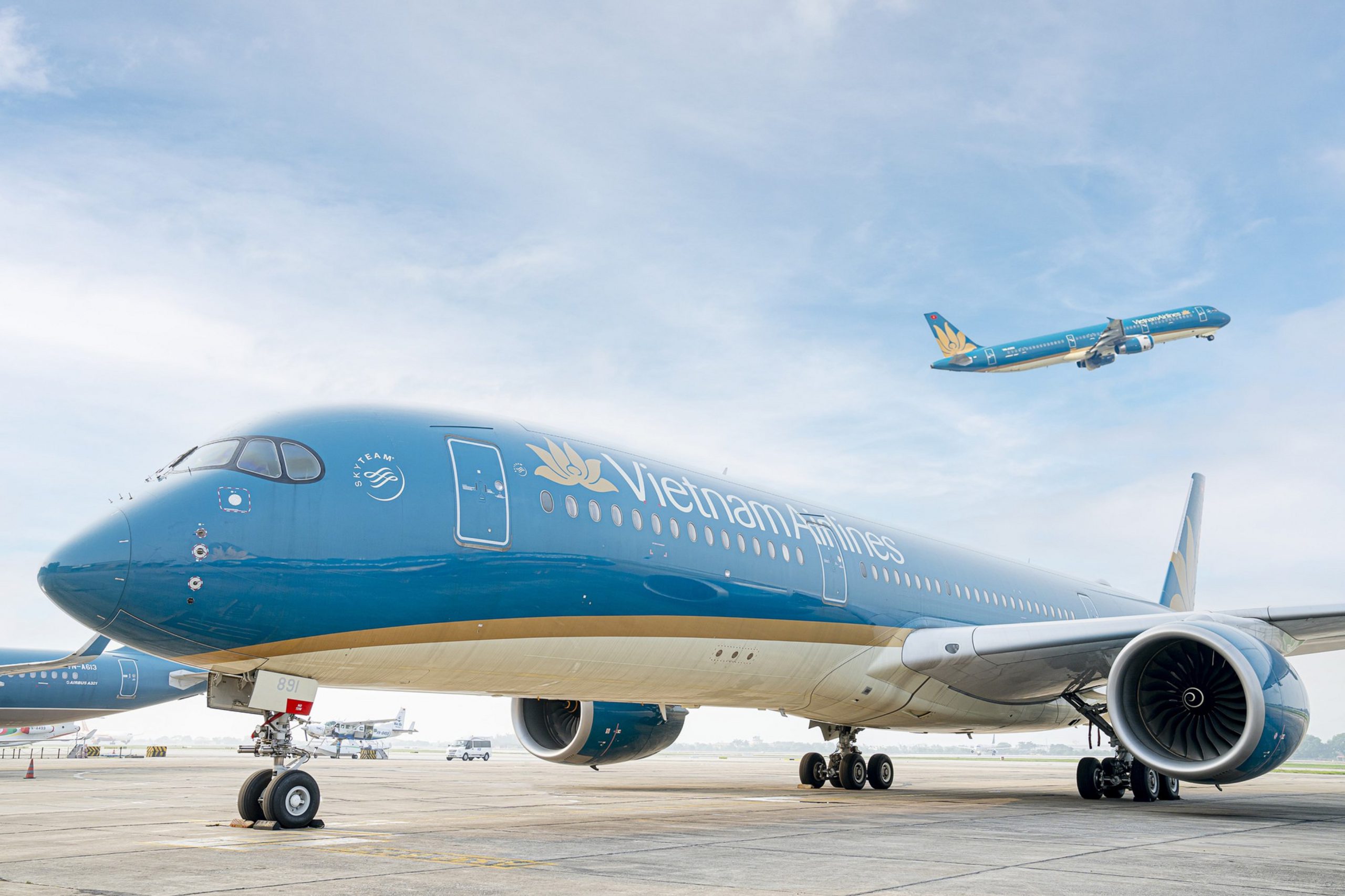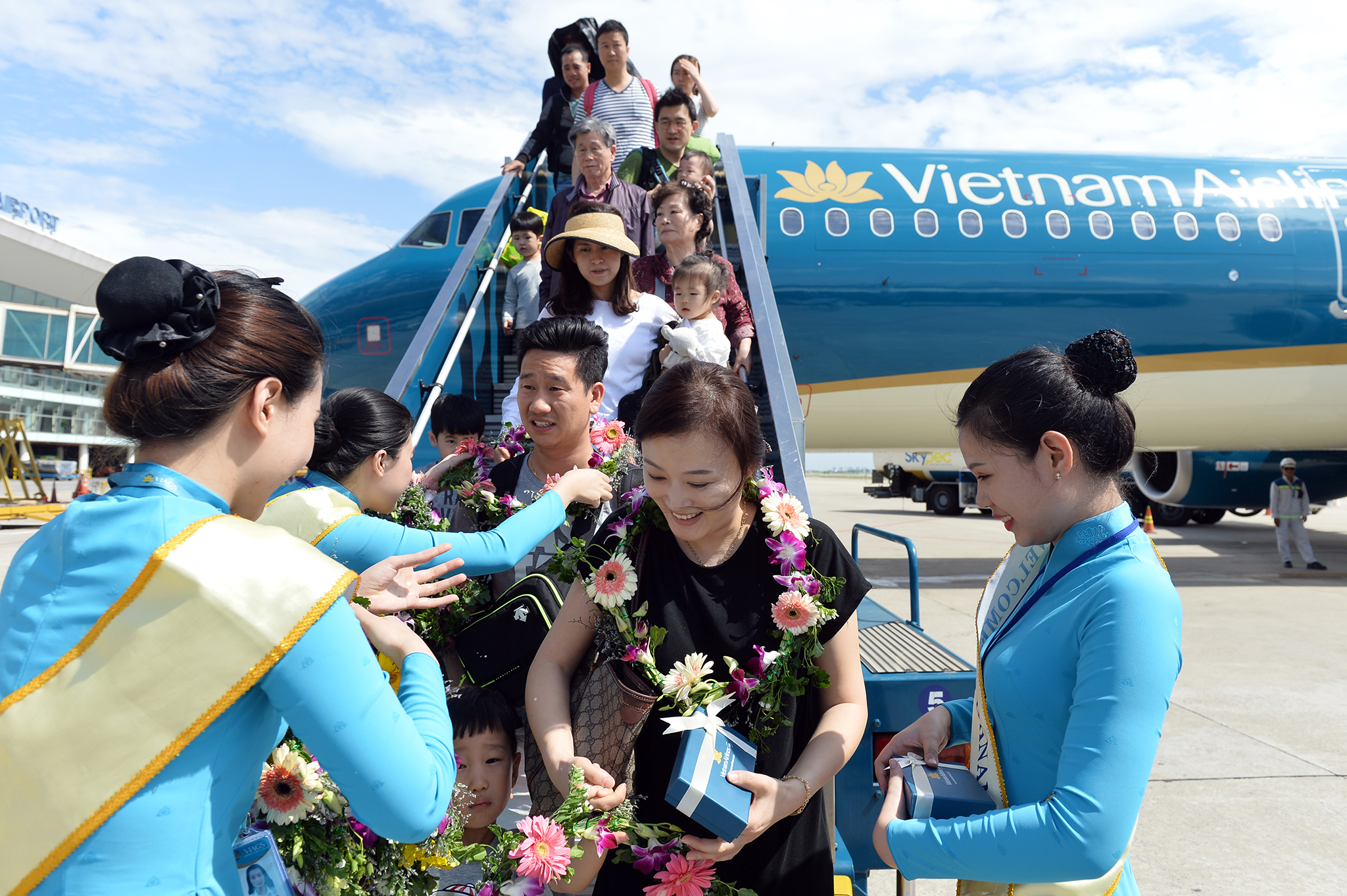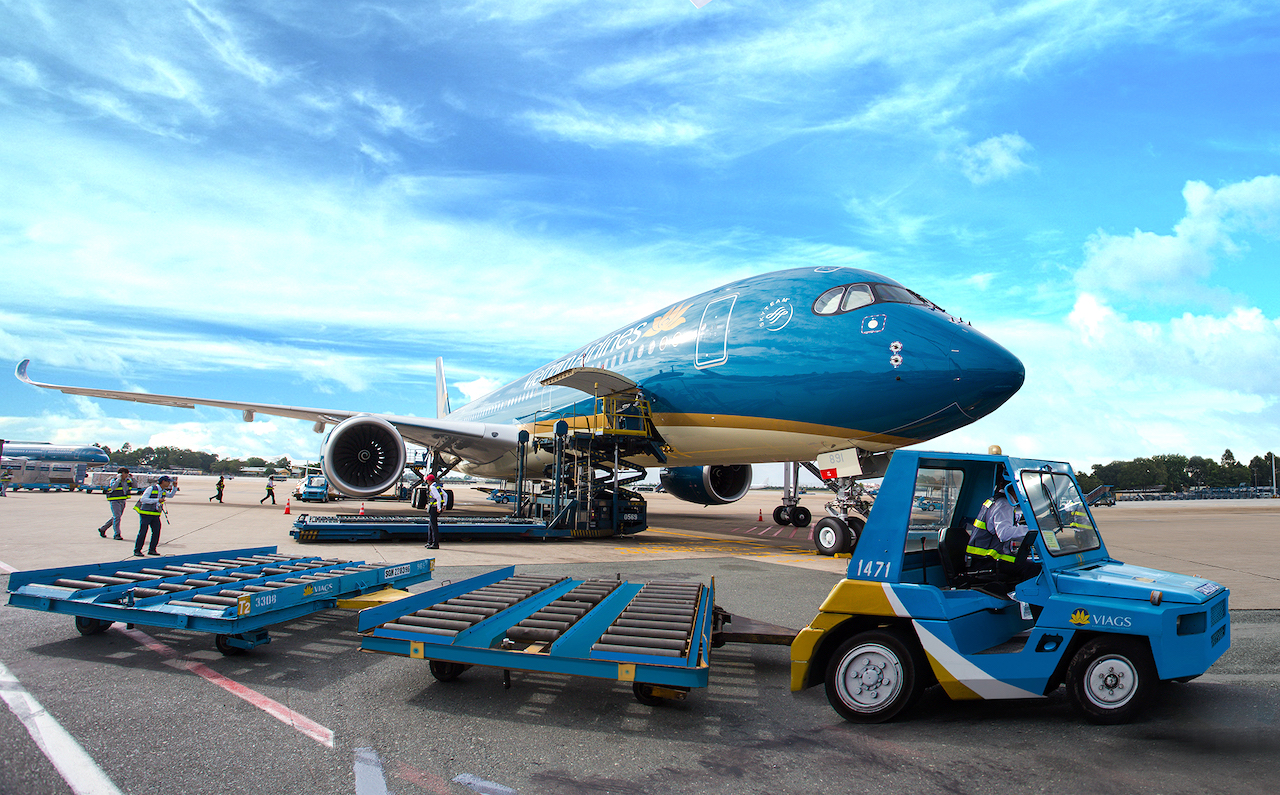As the market continues to recover, Vietnam Airlines anticipates a significant improvement in productivity and business performance during the last six months of 2023 and in the years to come.

Market recovery
In the first half of 2023, the aviation market continued to face challenges, including conflicts in Europe, high fuel prices, a rise in inflation, and economic recession in many countries, all of which significantly reduced consumer demand. Moreover, many international routes have not yet fully recovered, particularly in the Northeast Asian market, causing airlines to fight for more domestic market share. This led to an oversupply in the domestic market, while input costs remained high.
In June 2023, the total domestic market reached over 4.1 million passengers, an increase of more than 14% compared to the same period in 2019 (before the outbreak of the Covid-19 pandemic). However, seat capacity increased by more than 18%, reaching nearly 5 million seats, causing a significant reduction in domestic airfares, which hit their lowest prices in the last six years.

In a context in which many airlines are still facing difficulties and severe losses, Vietnam Airlines has made great strides by implementing flexible and proactive management solutions, closely following market trends, and gradually resolving difficulties to achieve many positive results. The airline has fully restored its domestic network and aggressively expanded its international routes, with a focus on key markets. Vietnam Airlines has increased flight frequency to Europe, the US, Japan, and Singapore; resumed the Hanoi – Luang Prabang (Laos) – Siem Reap (Cambodia) route; and launched new routes from Hanoi/Ho Chi Minh City to Mumbai (India), and Hanoi to Melbourne (Australia). At the same time, the airline is effectively and flexibly operating routes from/to Europe via Western Asia and Russia, saving up to 40 minutes per flight and reducing operating costs.
In the first half of 2023, Vietnam Airlines operated 64.3 thousand flights and transported 10.14 million passengers, an increase of 23.6% compared to the same period last year. Consolidated revenue is estimated at VND45,255 billion, nearly 149% that of the same period in 2022, and VND1,000 billion higher than expected in plans. Almost all transport volume indicators have exceeded the anticipated figures by 7-8%, with some quarters achieving balanced revenues and expenditure. Particularly in the first quarter of 2023, Vietnam Airlines achieved a consolidated net revenue of VND23,494 billion and a profit before tax of VND19 billion. This quarter marked the first time Vietnam Airlines made a profit and achieved the highest revenue since the outbreak of the Covid-19 pandemic in early 2020.

This is the result of Vietnam Airlines’ meticulous preparations for the market’s recovery phase, by incorporating comprehensive solutions such as workforce training, technical maintenance, restructuring, streamlining operations, improving operational efficiency, promoting research into new products, and seizing every opportunity to increase revenues. These efforts have been recognized and honored by customers and the aviation community. Vietnam Airlines has earned many significant awards, including being voted as one of the top 20 airlines in the world in 2023 by AirlineRatings.com – a reputable international organization that specializes in rating the safety and service quality of more than 435 airlines worldwide.
A promising future
According to forecasts by the International Air Transport Association (IATA), the global demand for air travel is expected to surge in 2023, with the Asia – Pacific region predicted to experience the highest growth, of up to 63%, because most countries in the region have lifted restrictions imposed to cope with the Covid-19 pandemic. The Civil Aviation Authority of Vietnam also predicts that the domestic aviation market will continue to grow in the last months of 2023, and that the international market will recover at a faster pace than at the beginning of the year.

Tourism, an important source of travel demand for airlines, is showing signs of recovery and resurgence. Renowned attractions and the long-standing history and culture of “safe destinations” offer long-term growth potential for this industry. Vietnam’s tourism industry aims to attract 18 million international tourists and 130 million domestic visitors by 2025; and 35 million international tourists and 160 million domestic visitors by 2030. This presents a significant opportunity for Vietnam’s aviation industry in general, and Vietnam Airlines in particular, to return to their growth trajectory.
To prepare for long-term future development, Vietnam Airlines has been actively implementing a Restructuring Project across all areas, including asset restructuring, fleet restructuring, investment portfolio, capital resources, organization, and corporate governance. One successful milestone recently achieved by this project is the capital divestment from a foreign investment in Cambodia Angkor Air (K6) that resulted in the complete recovery of the initial investment of USD45 million. This strategic move has resulted in supplementary cash flow and income for Vietnam Airlines.
Recently, the Government also asked the Commission for the Management of State Capital for Enterprises to undertake plans to transfer the Vietnam Air Petrol Company Limited (Skypec) from Vietnam Airlines to the Vietnam Oil and Gas Group (PVN) to support the airline’s restructuring process. If this proposal and the restructuring plans are approved, it will undoubtedly help Vietnam Airlines to restructure its losses, overcome temporary difficulties, and continue to expand its flight network and fleet, improving its productivity and business activities.
Among Vietnam’s domestic airlines, Vietnam Airlines provides a comprehensive range of essential aviation services and is the only carrier in Vietnam to have achieved international four-star service standards. With a goal to become a five-star airline in the near future, Vietnam Airlines holds exceptional value and advantages for sustainable long-term development.










